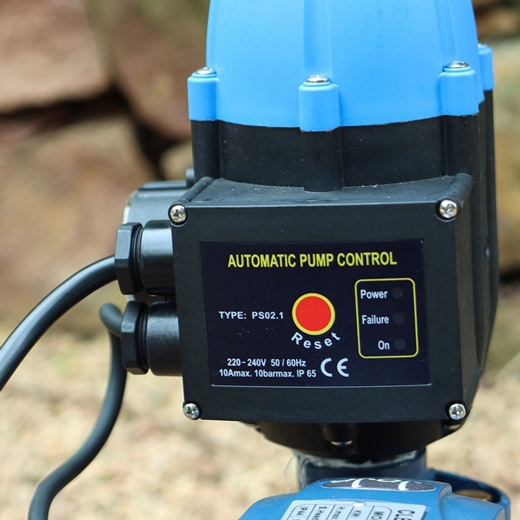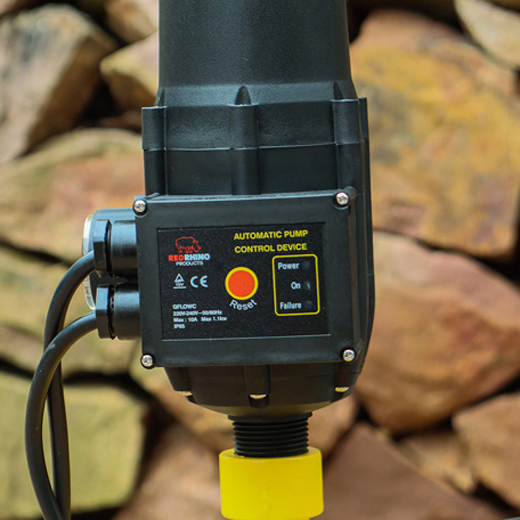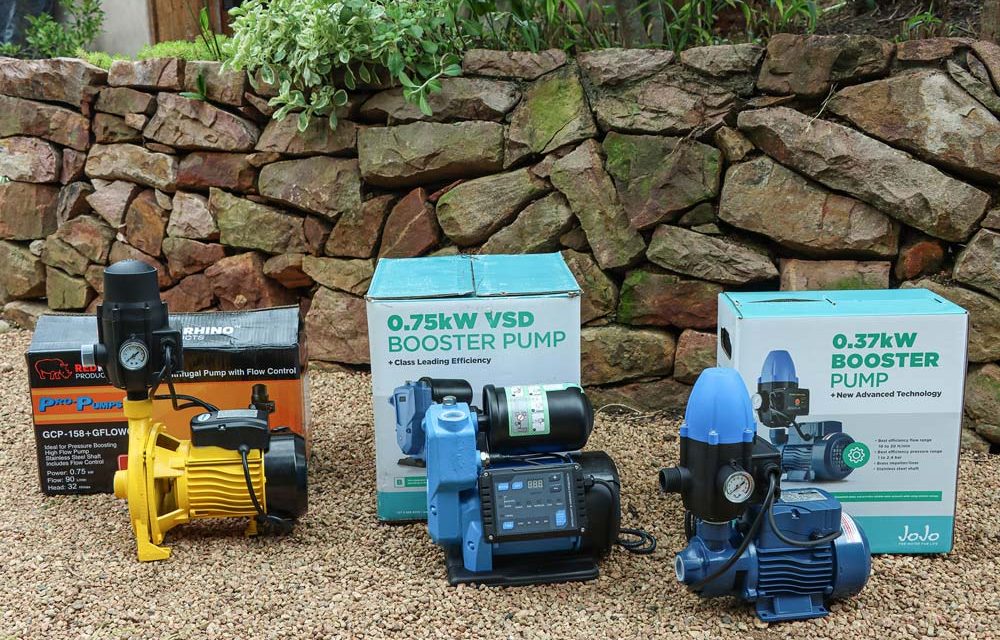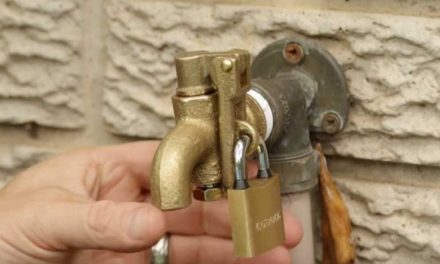Buying a water pump for your home is a complicated issue, so here are some tips to making the right purchase.
Buying a water pump for your rainwater tank or municipal backup tank is unfortunately not as easy as walking into your local Builders and taking one off the shelf. Well, you can do that, but there’s a good chance that you’d end up with one ill-suited to the job you have in mind. Read on and make an informed decision.
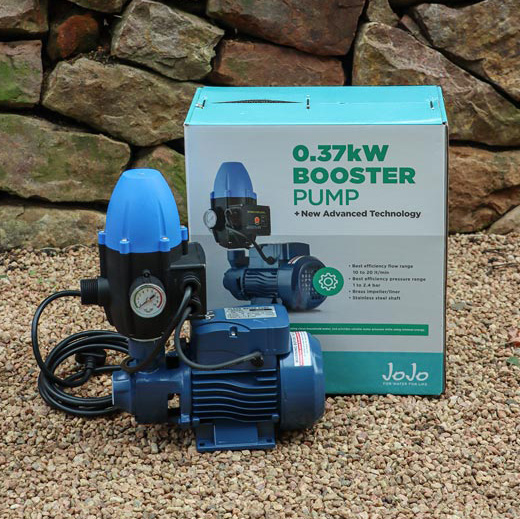
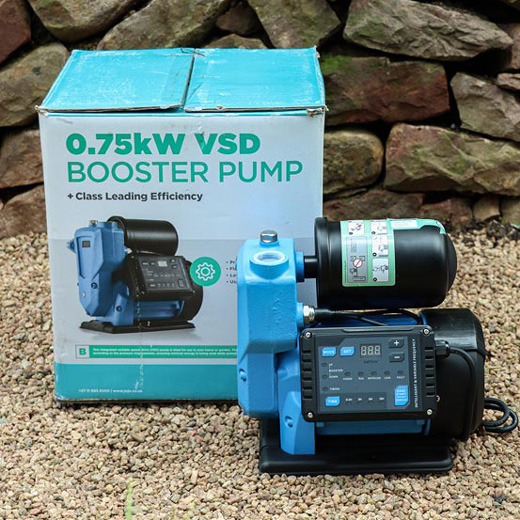
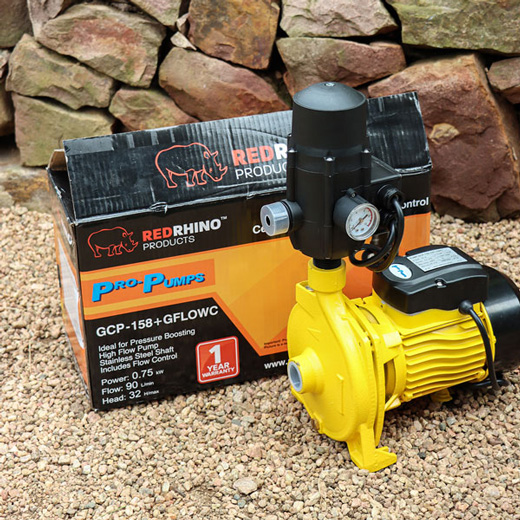
The first thing to consider is the height you’re looking to pump water, which is known as the pump head. Different pumps are capable of pumping water to different heights or heads and this is marked on the box. Bear in mind, though, that the noted head height is the maximum height a pump can pump water, so if you use a pump with a head of 10 metres, there will probably only be a trickle of water coming out of a pipe 10 metres above the pump. Take this into consideration and choose a pump that far exceeds the head height you require.
You will also see pumps refer to a ‘bar’ or pressure capability, such as a 6-bar pump. To understand what this means, you should know that 1 bar is the equivalent of a 10-metre head height. So where a pump is capable of pumping 6 bar on level ground, the head would be 60 metres, and if we were to pump the water 20 vertical metres, the effective pressure would only be 4 bar.
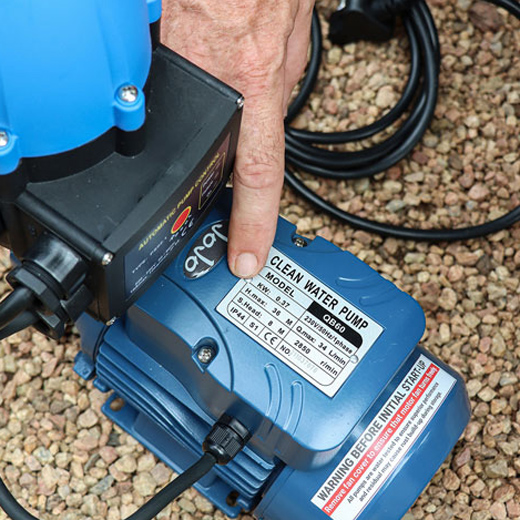
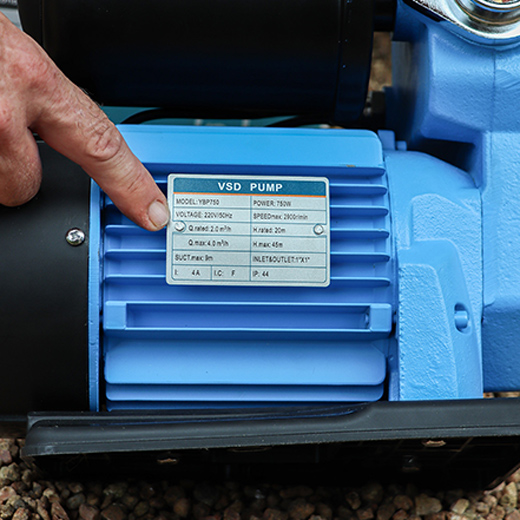
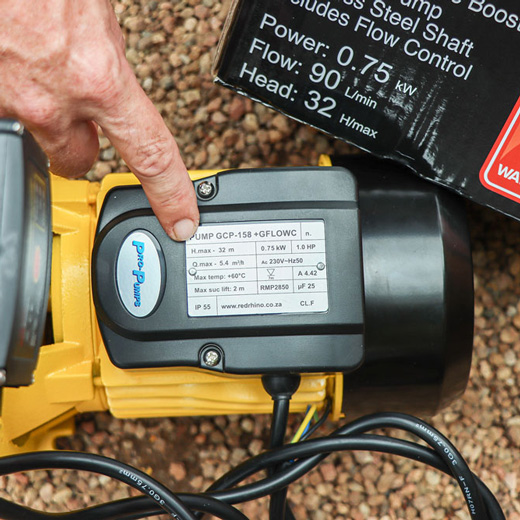
The second consideration is the volume of water you want to pump, also known as the pump rate.
A pump is rated to pump a certain volume of water – and this is important – at zero head. As the head increases, the volume the pump can move will decrease. There are really useful graphs available that show the volume that water pumps are able to pump at different heads. Some pumps have these printed on the boxes, while others have the information available on the manufacturer’s website.
The smallest pump recommended for home use is a 0.37 kW pump. This will allow you to run one or two water points concurrently, which means that you could, for example, flush the toilet and run one tap at the same time. If someone were showering and a tap was also running, the water pressure would probably drop in the shower. A more practical pump for home use would be a 0.75 kW pump, which could run three to four water points at a time and is more than adequate for the average home. A slightly large pump is a 1.1 kW model, which will fulfil the needs of a large home.

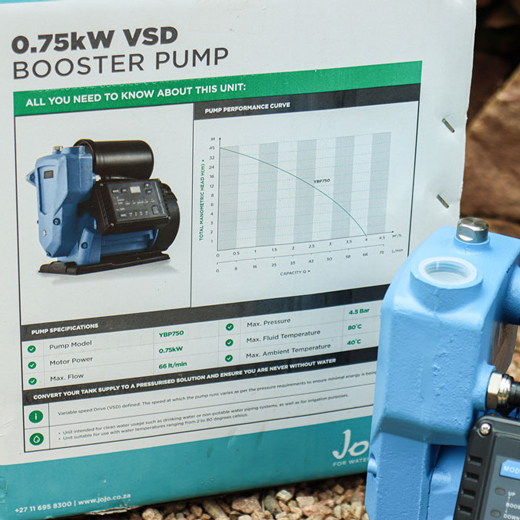
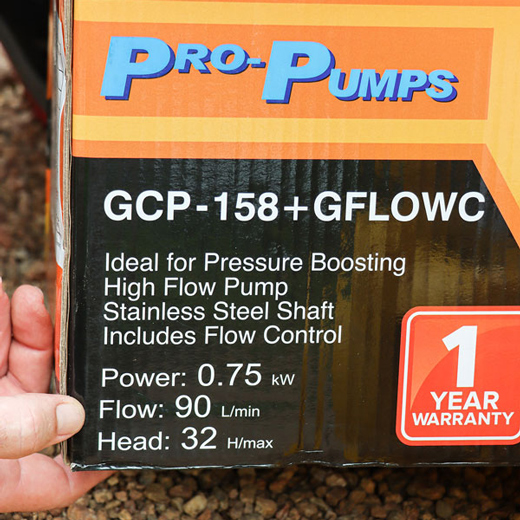
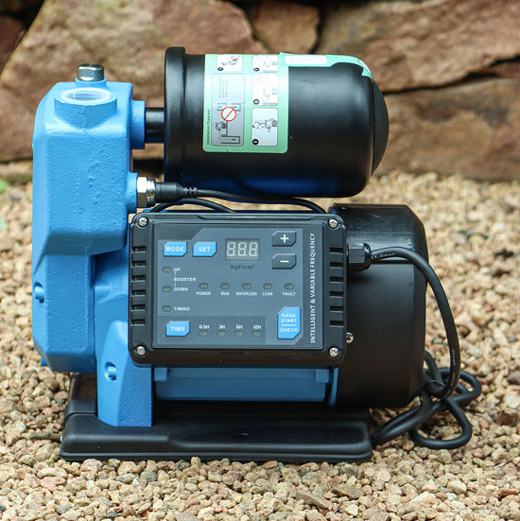
Finally, ask the Builders assistant if the pump you are looking at is a Variable Speed Drive (VSD) pump. These are designed to change the pressure they produce based on demand, so if you are in the shower and someone opens a tap, the pump increases in speed to supply both outlets at optimum pressure. This also means you save electricity costs as the pump is not always running at full power.
Once you have selected the recommended pump for your water needs, remember that you will also need a pressure switch that will activate the pump when a tap is opened.
